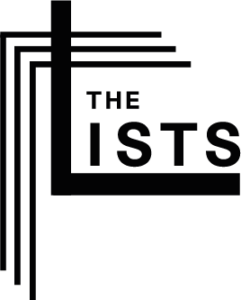Photomontage is the process and the result of making a composite photograph by cutting, gluing, rearranging and overlapping two or more photographs into a new image.[1] Sometimes the resulting composite image is photographed so that the final image may appear as a seamless physical print. A similar method, although one that does not use film, is realized today through image-editing software. This… Continue reading Photomontage & Deepfake
Category: PHOTOGRAPHY
Portrait
A portrait is a painting, photograph, sculpture, or other artistic representation of a person, in which the face and its expression is predominant. The intent is to display the likeness, personality, and even the mood of the person. For this reason, in photography a portrait is generally not a snapshot, but a composed image of… Continue reading Portrait
macro photography
Macro photography (or photomacrography[1][2] or macrography,[3] and sometimes macrophotography[4]) is extreme close-up photography, usually of very small subjects and living organisms like insects, in which the size of the subject in the photograph is greater than life size (though macrophotography also refers to the art of making very large photographs).[3][5] By the original definition, a macro photograph is one in which the size of the subject… Continue reading macro photography
long exposure
Long-exposure, time-exposure, or slow-shutter photography involves using a long-duration shutter speed to sharply capture the stationary elements of images while blurring, smearing, or obscuring the moving elements. Long-exposure photography captures one element that conventional photography does not: an extended period of time. The paths of bright moving objects become clearly visible—clouds form broad bands, vehicle… Continue reading long exposure
Camera Obscura
A camera obscura (plural camerae obscurae or camera obscuras, from Latin camera obscūra, “dark chamber”)[1] is a darkened room with a small hole or lens at one side through which an image is projected onto a wall or table opposite the hole. “Camera obscura” can also refer to analogous constructions such as a box or… Continue reading Camera Obscura
Photobook
A photographic album or photo album, is a series of photographic prints collected by an individual person or family in the form of a book.[1][2][3] Some book-form photo albums have compartments which the photos may be slipped into; other albums have heavy paper with an abrasive surface covered with clear plastic sheets, on which surface photos can be put.[4] Older… Continue reading Photobook
Polaroid & Lomography
Polaroid The instant camera is a type of camera which uses self-developing film to create a chemically developed print shortly after taking the picture. Polaroid Corporation pioneered (and patented) consumer-friendly instant cameras and film, and were followed by various other manufacturers. Due to the way that instant film develops, several techniques to modify or distort… Continue reading Polaroid & Lomography
Cyanotype
Cyanotype is a photographic printing process that produces a cyan-blue print. Engineers used the process well into the 20th century as a simple and low-cost process to produce copies of drawings, referred to as blueprints. The process uses two chemicals: ferric ammonium citrate and potassium ferricyanide. wikipedia https://www.kunstimunterricht.de/grundbegriffe/techniken/217-cyanotypie.html Favorite
